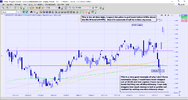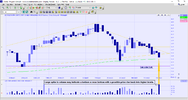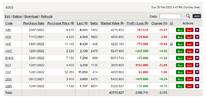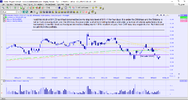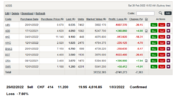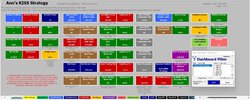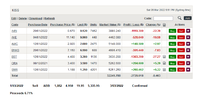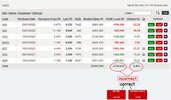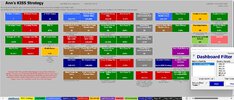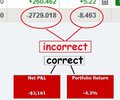- Joined
- 24 December 2005
- Posts
- 2,601
- Reactions
- 2,065
Thanks, for the suggestion Dave, suggestions are always greatly appreciated and welcomed. Candlesticks was one of my earliest studies back around 2004-2006, I bought books and studied charts. It took me nowhere. It was as good as a coin toss for me. There was one fellow on IC charts forum who swore by them and I suggested we would be very interested if he could give us a running commentary of a trade or two using candlesticks. He declined the offer. However, I would never dispute the benefits of candlesticks as long as you can see them in your mind. I just use them for good levels of gaps and identifying island tops and bottoms patterns. Although now they will be an integral part of VSA.Hi Ann, my suggestion would be to study candlestick analysis rather than volume. If you decide to do this and want any recommendations of where to find free info then let me know.
It is only early days with my volume study which kicked off here... https://www.aussiestockforums.com/t...xt-catalysts-an-application-to-trading-stocks.
Already I am seeing risk-reward potential. It is going to take me ages to do forensics on my current trades and where I could have improved on an entry or exit I have 24 holdings and about 10 recent exits so it won't be a five-minute job! I have been looking at videos on VSA (Volume Spread Analysis). So far they are not telling me anything I haven't already observed in the short time I have been looking into this, other than the size or spread of the candlesticks. That was useful and interesting information.
Thanks again Dave, I appreciate your input.



